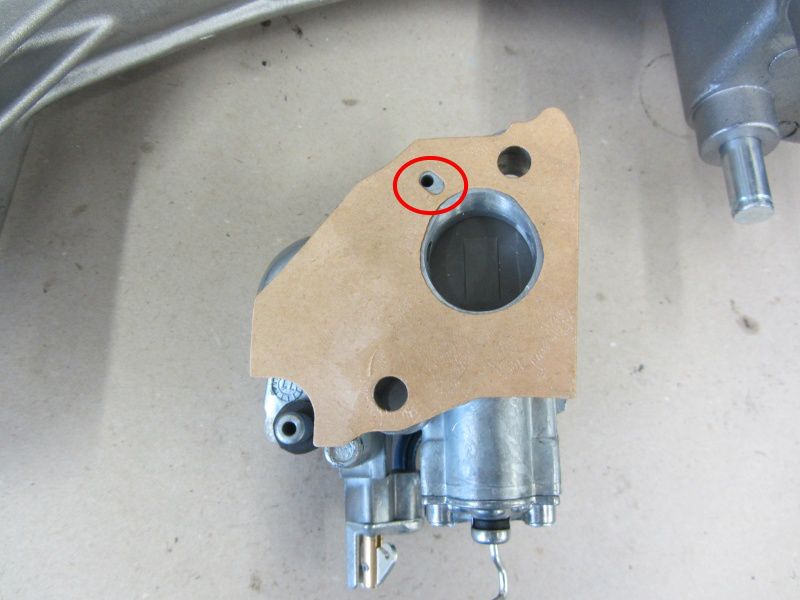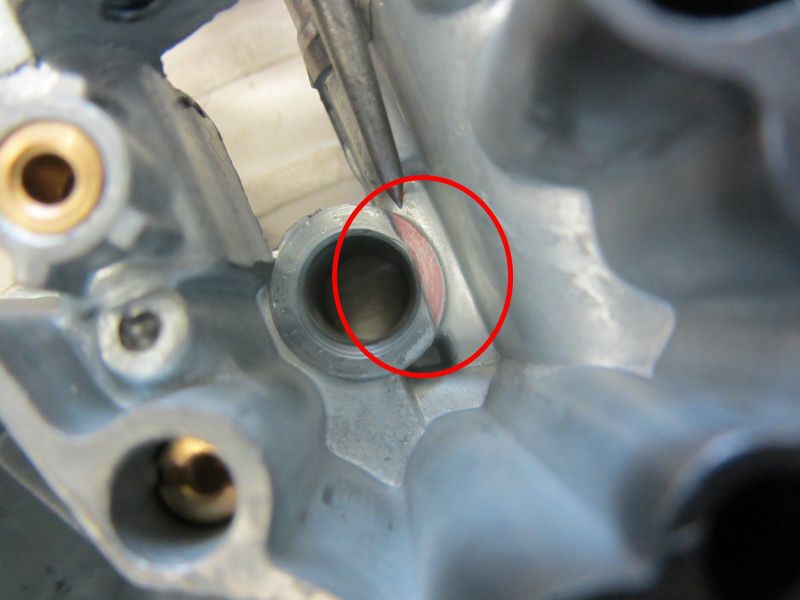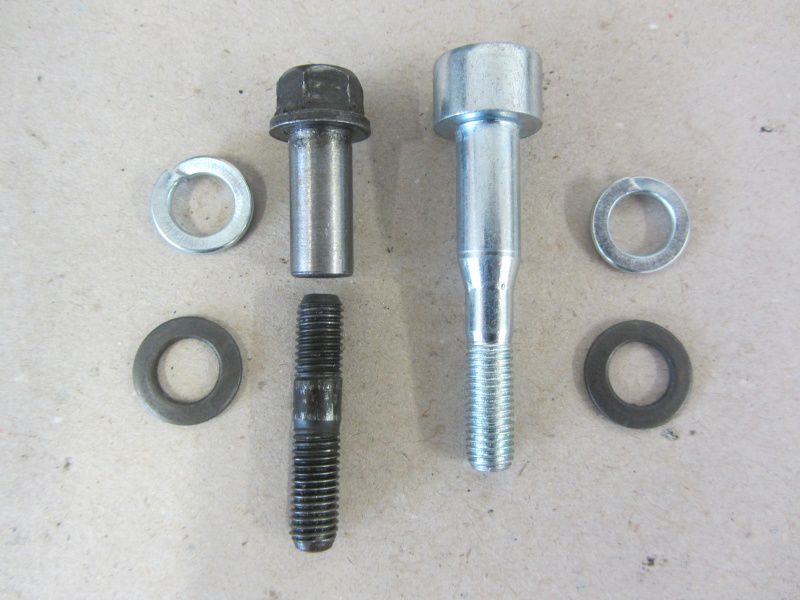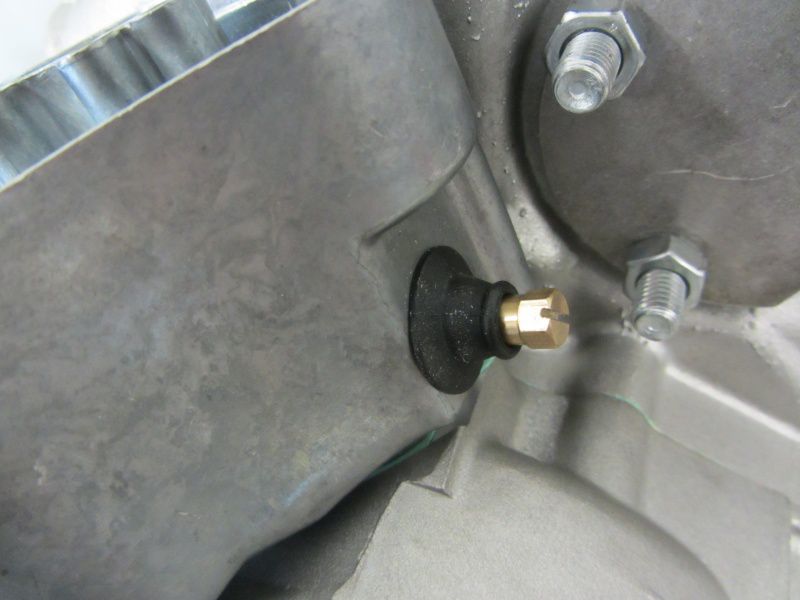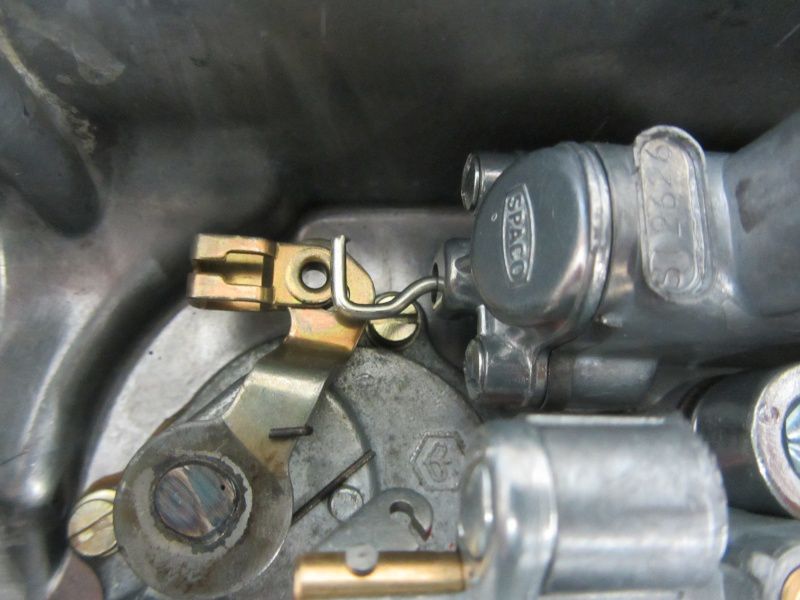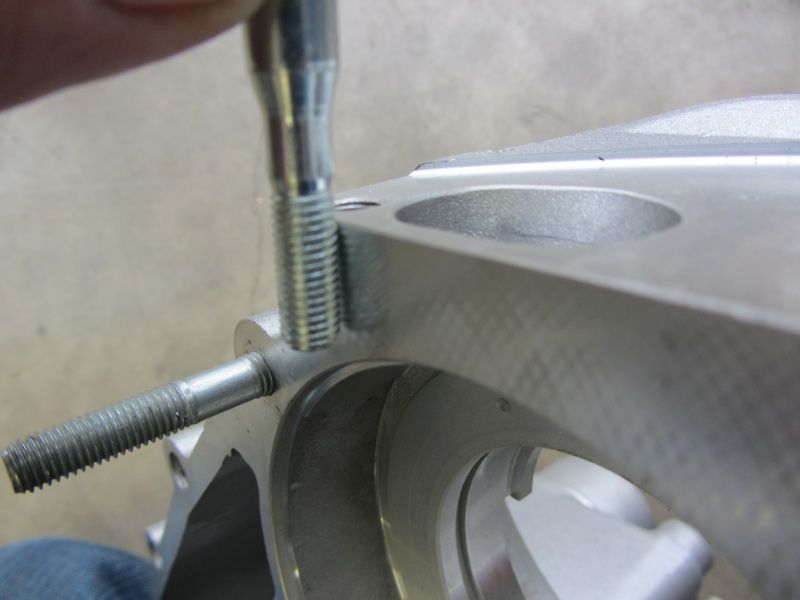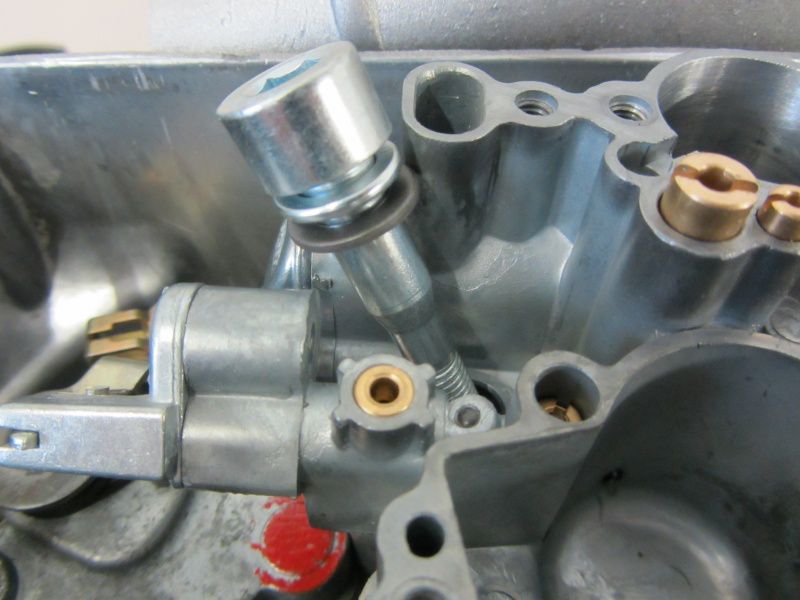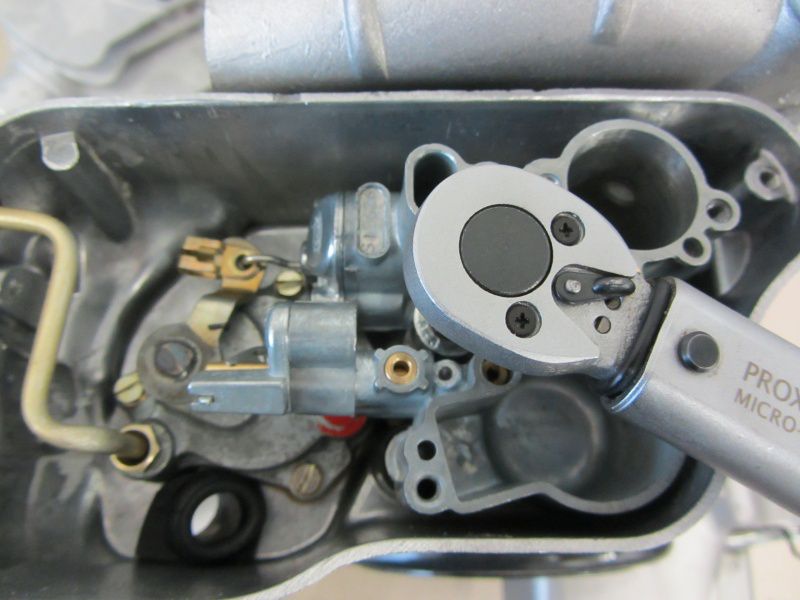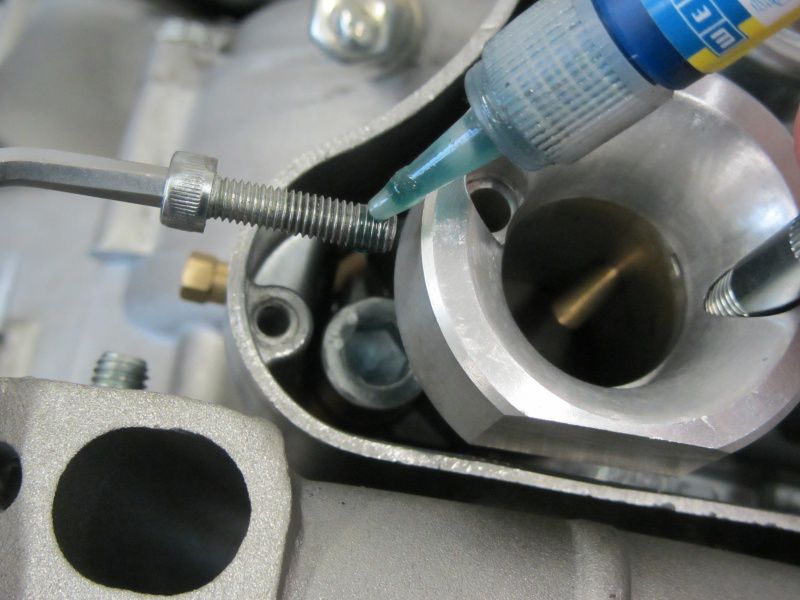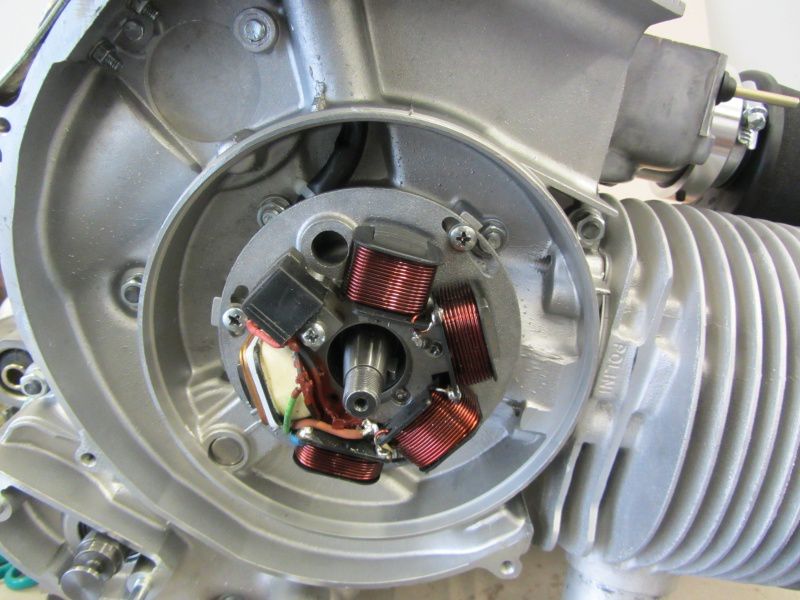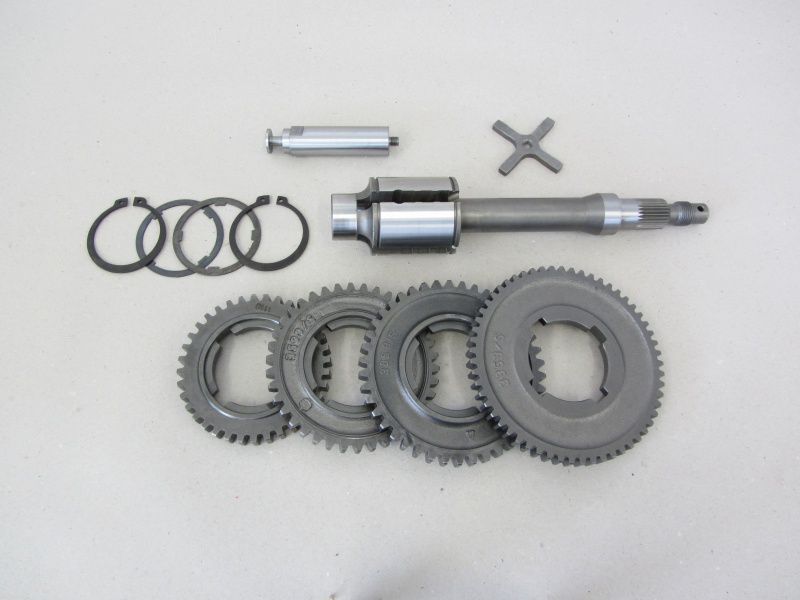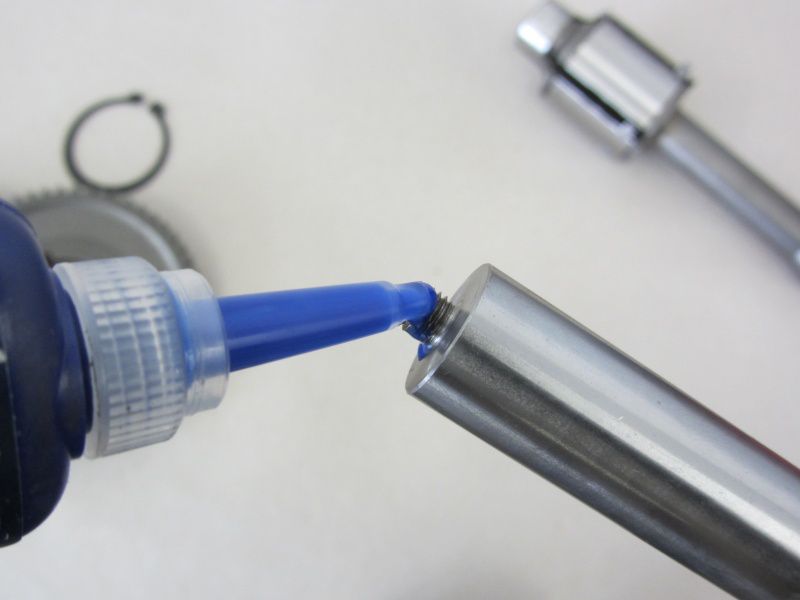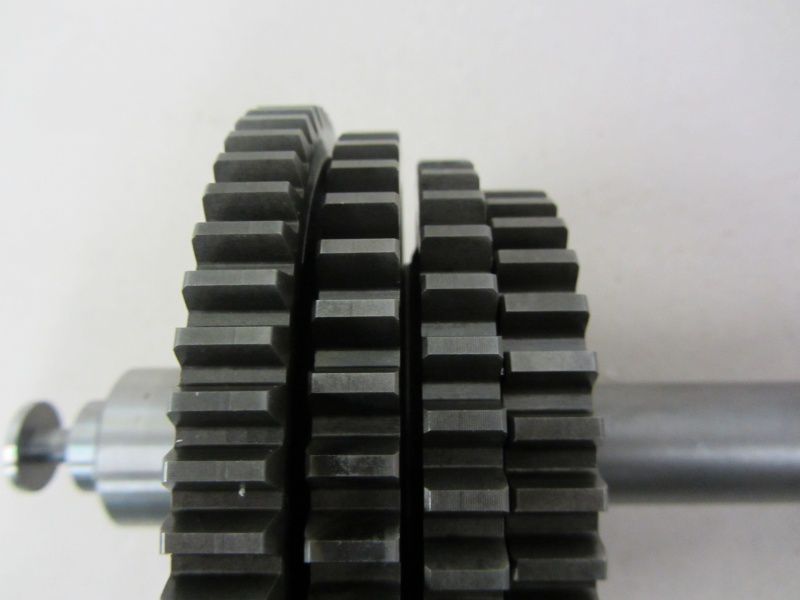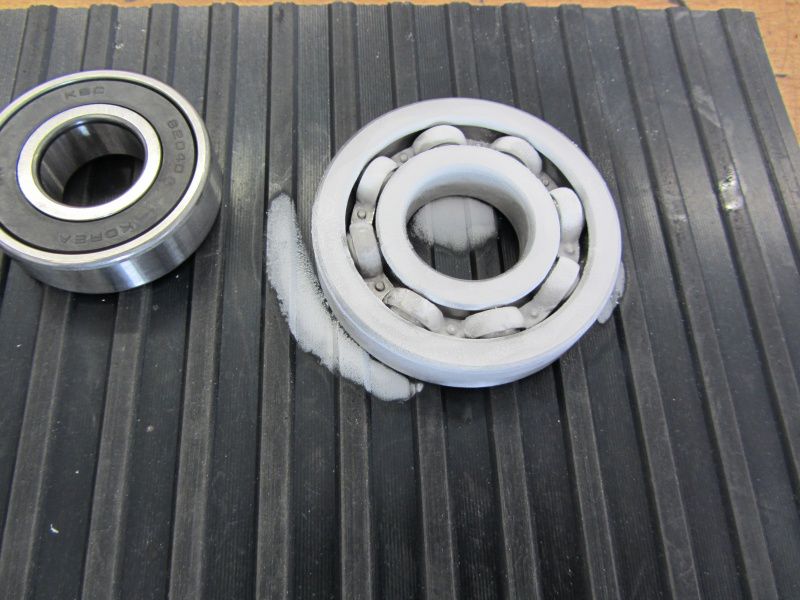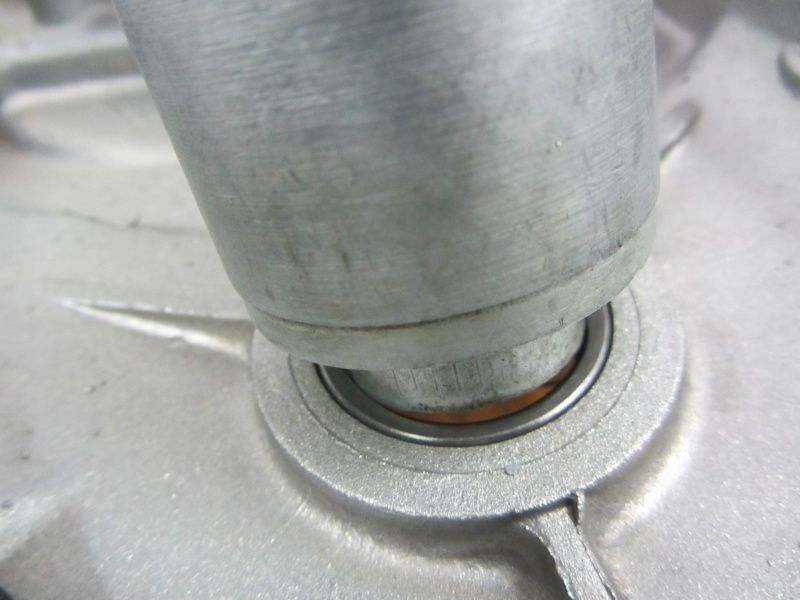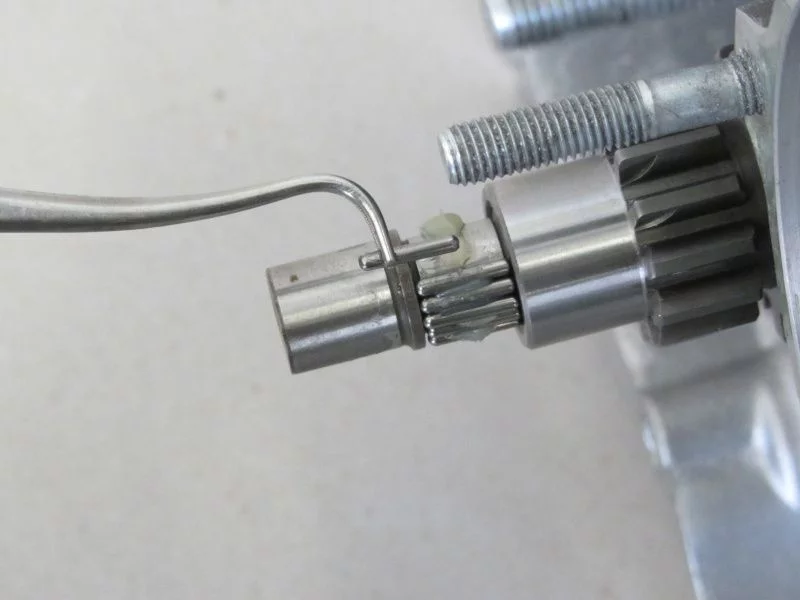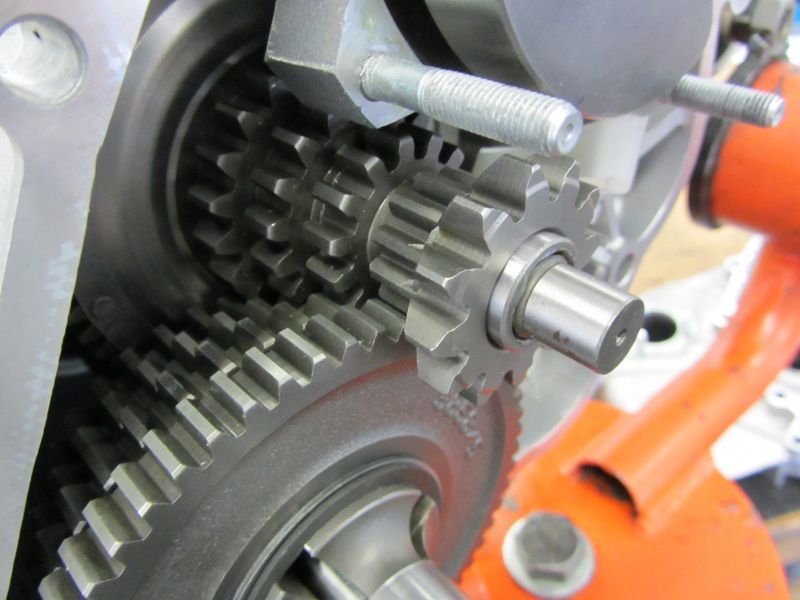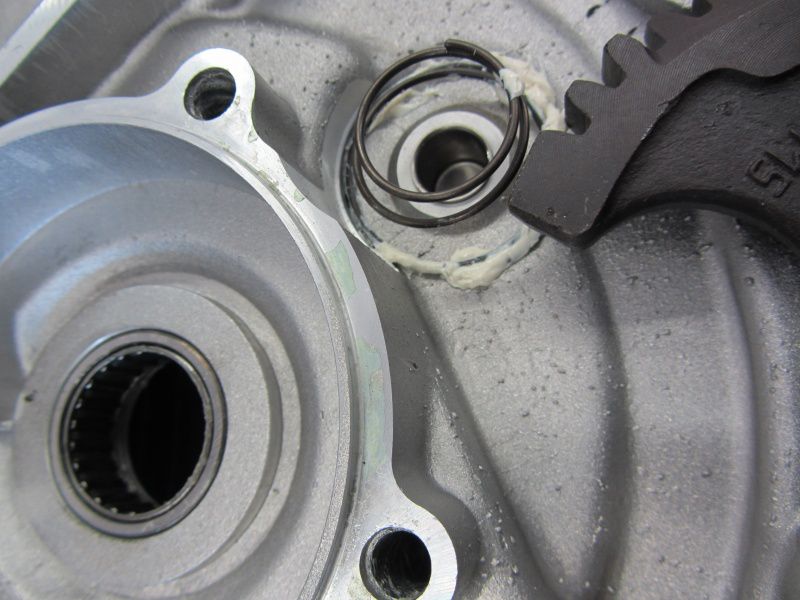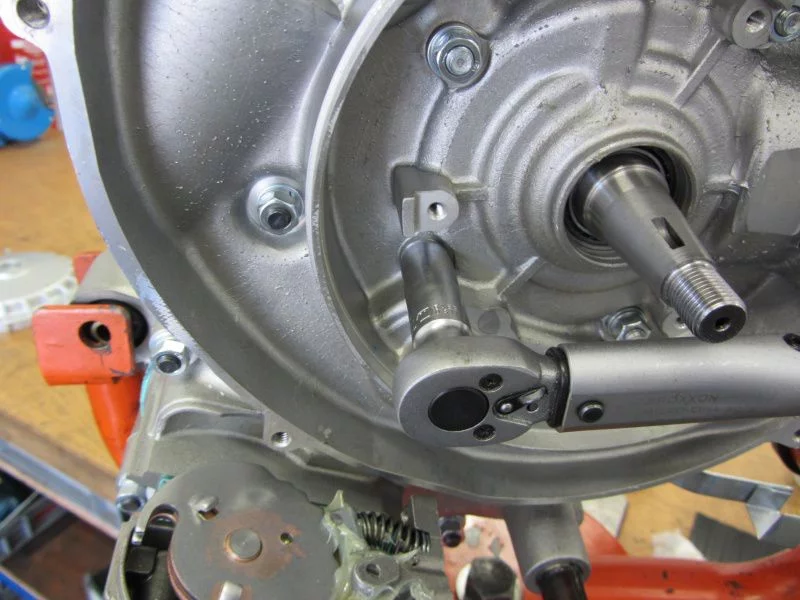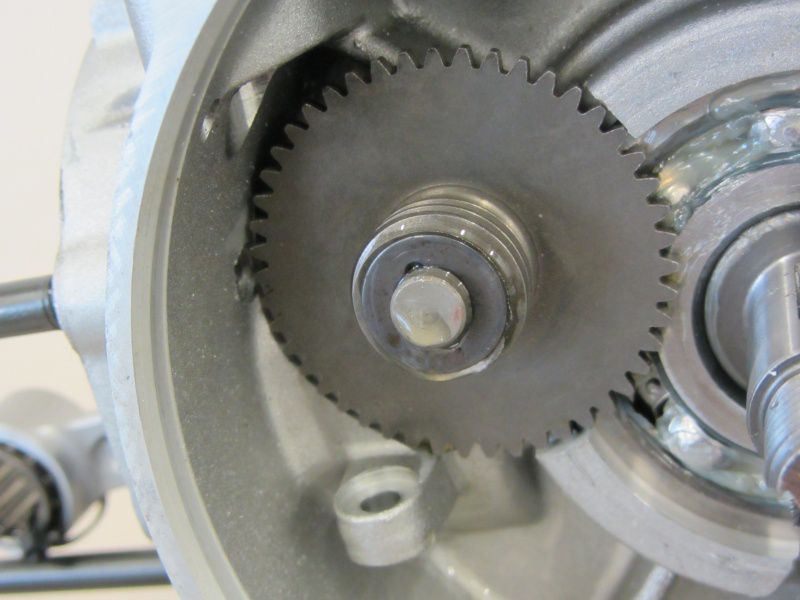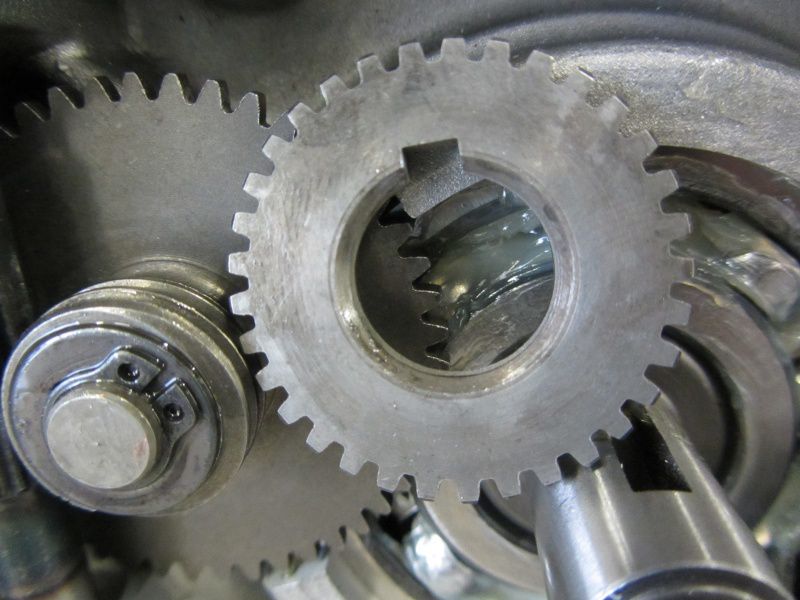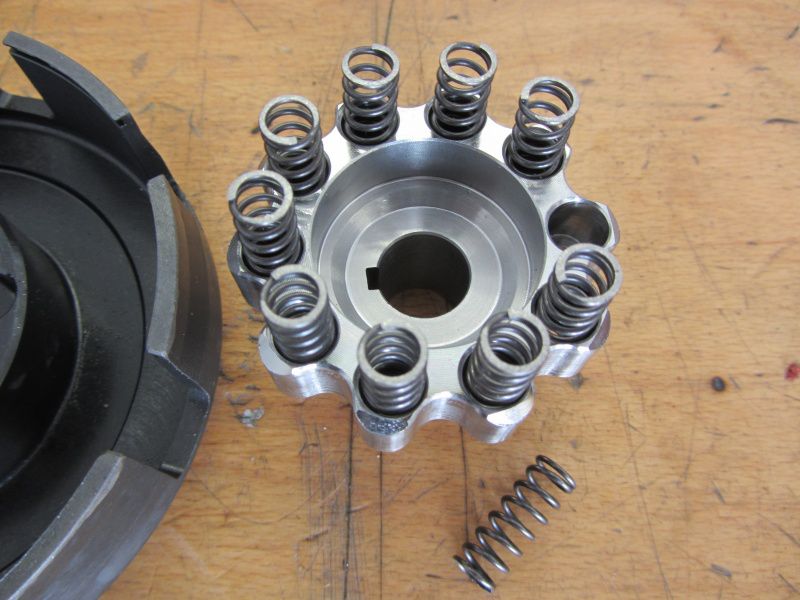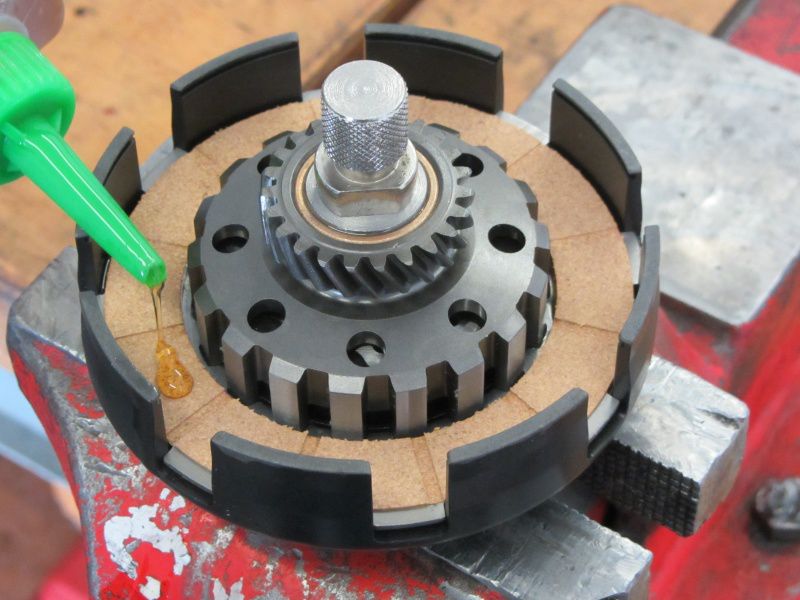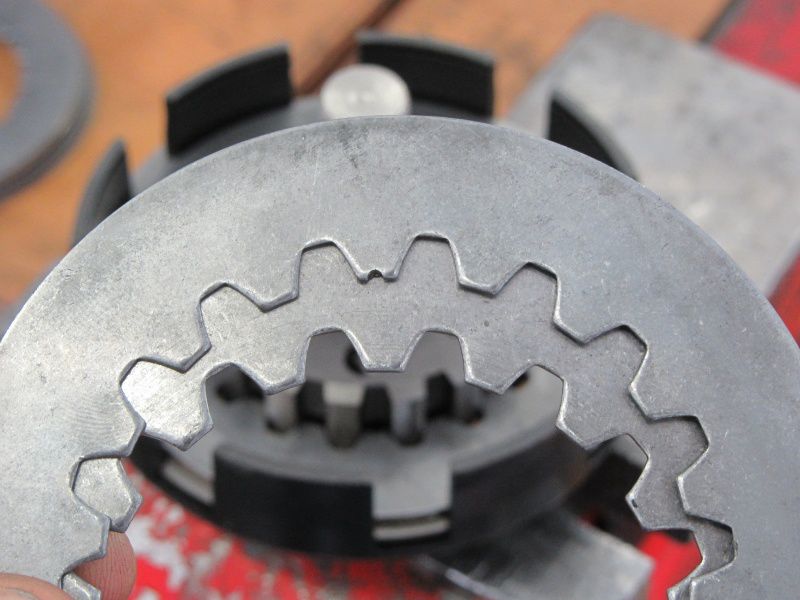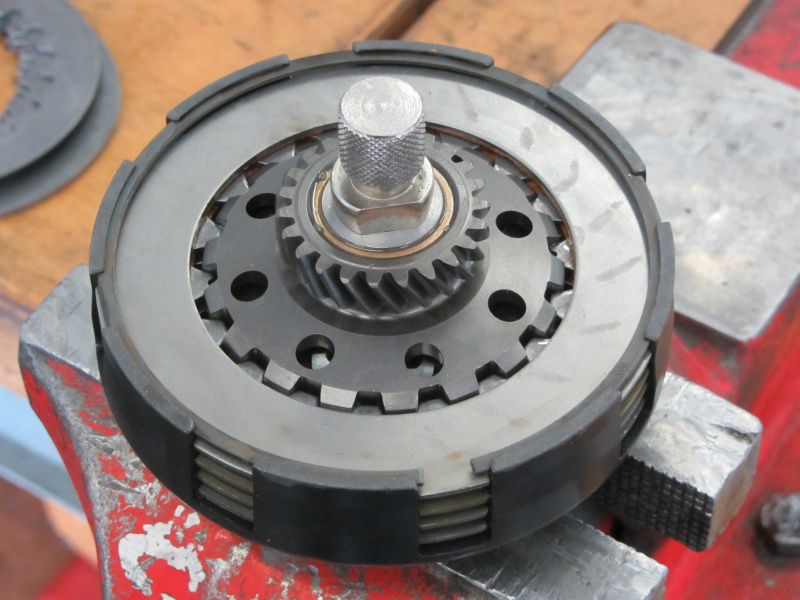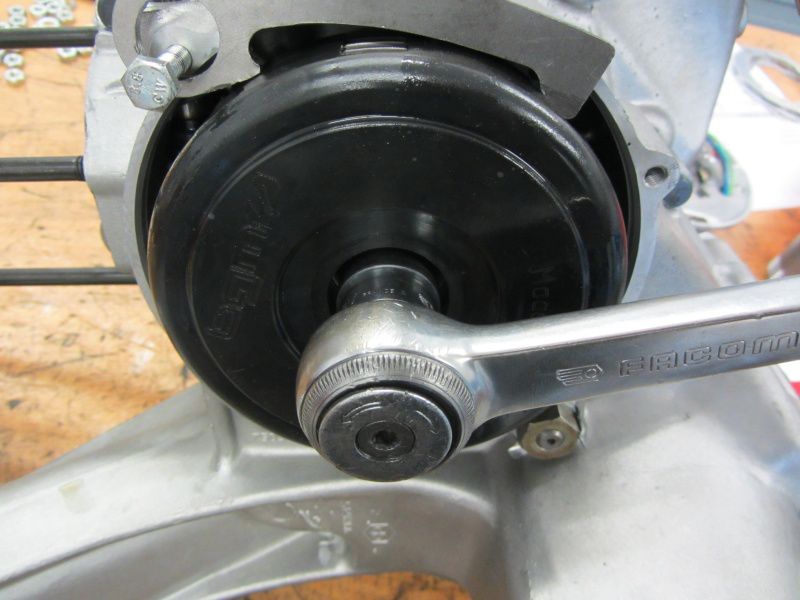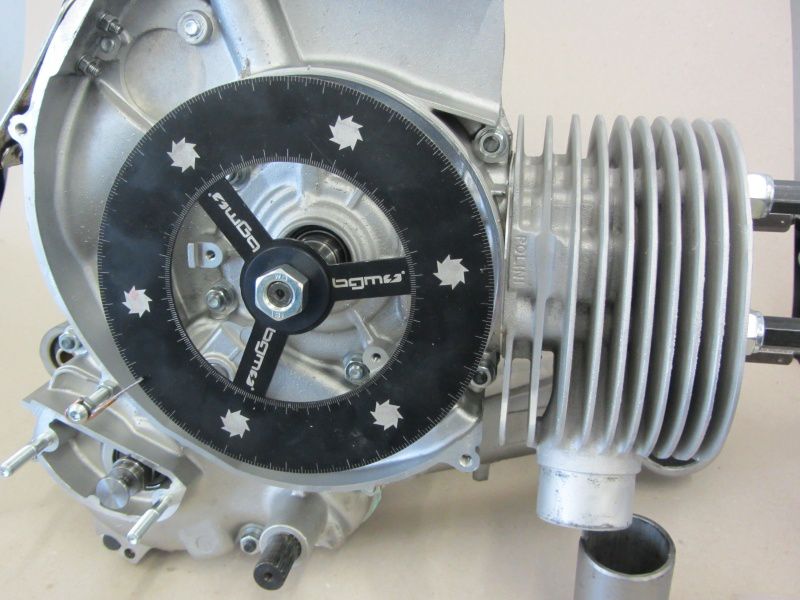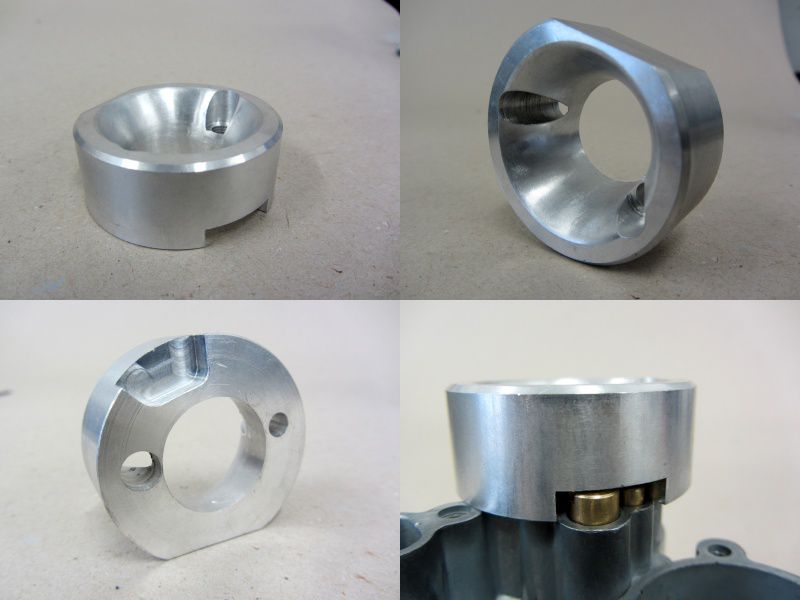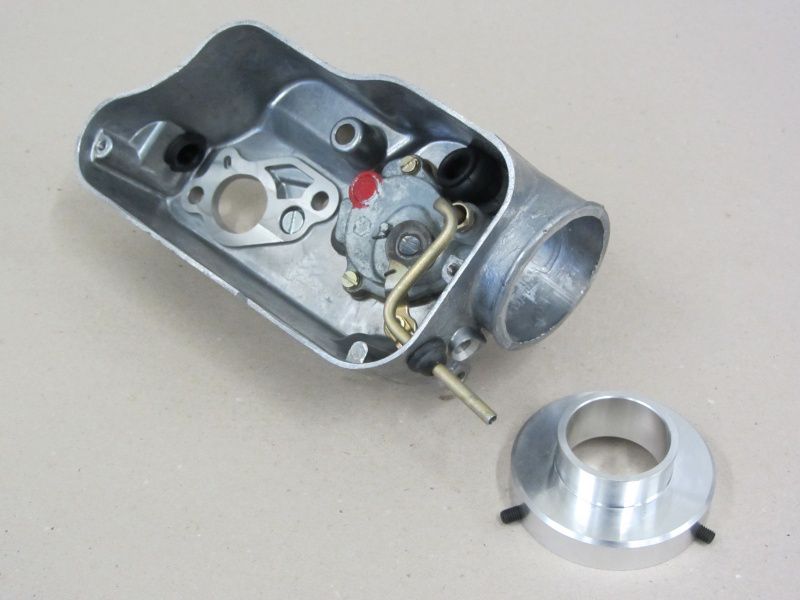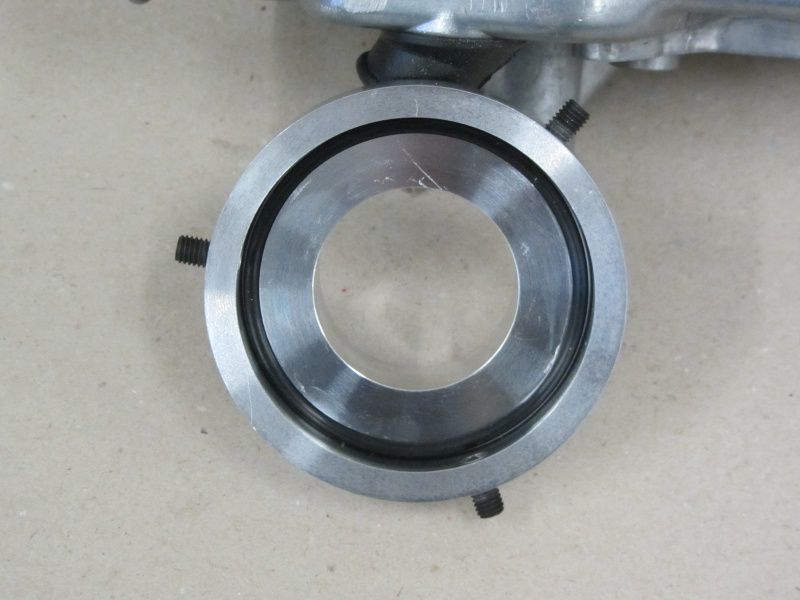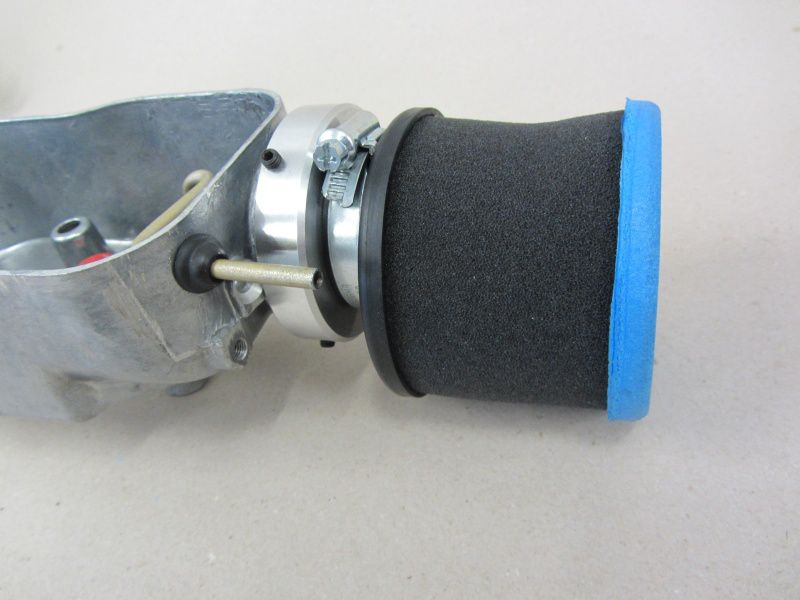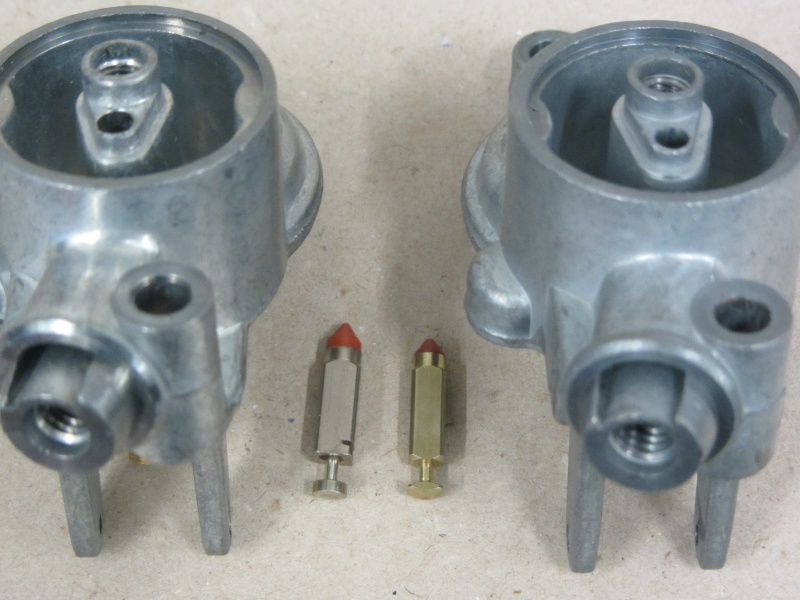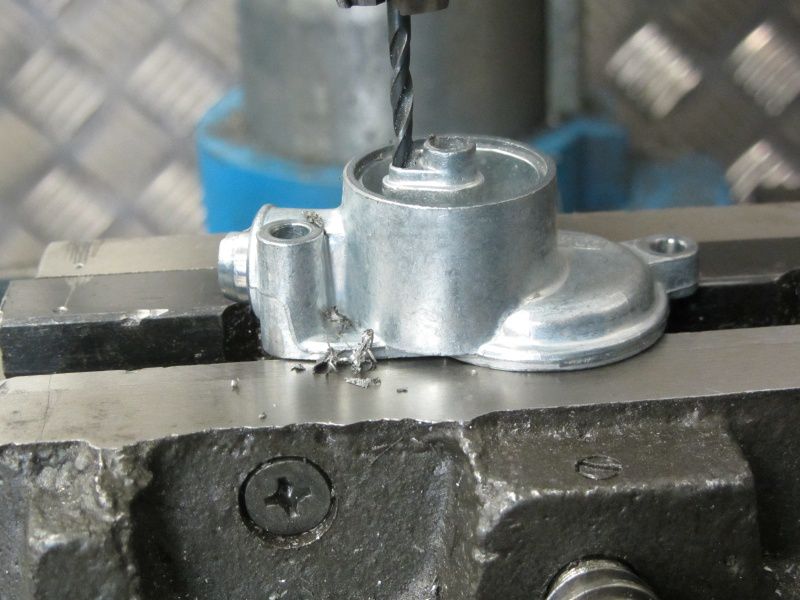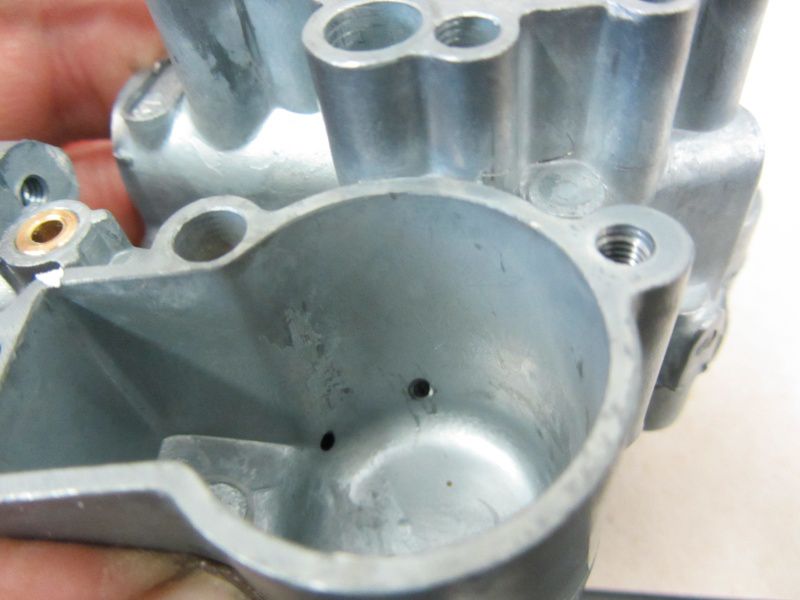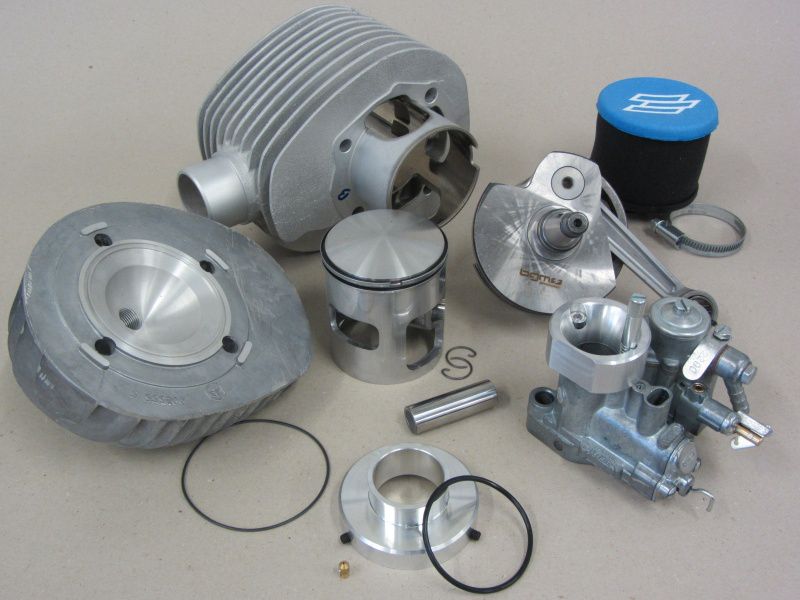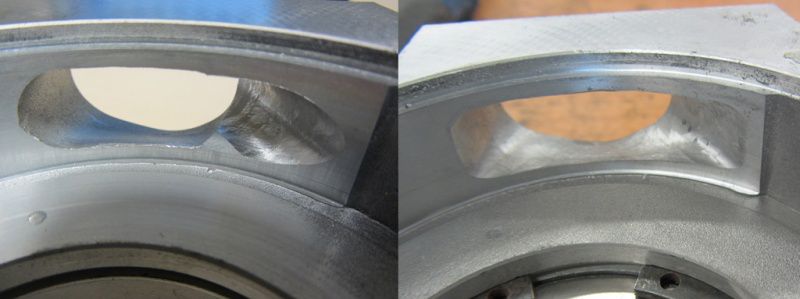Our test engine is running, we let it warm up properly. The jetting seems to be right with idle jet 48/160, air correcter jet of 160, atomizer BE3 and main of 140. So now we will see how powerful this engine is.
First of all the gear ratio needs to be measured. We measure this at least twice to be 100% sure. The gear ratio is 3.21. This can even be typed manually into the dyno software at a later date.
When you are operarting a dyno a scientific operation is a good gesture to make sure that the results can be compared. After the first three runs we see that the power output is always nearly the same. A good sign, here is the best result:
Nice to see that the engine starts to lift the power low down in the rev range. As expected from the Polini kit. A quick road test shows that is a treat to use on the street. At slightly higher idle revs of 3.500 rpm the engine pushes -thanks to 17 Nm- heavily.
The inlet induction sound is nice too. The Polini solution works not just power wise, it reduces induction sound as well. The adaptor has a small collar built in that breaks up the acoustic wave what gives a very discret induction sound.
Back from the road testing to the dyno, we take a closer look to the head design. Next we are going to test the MMW head. The previous fitted Worb head gave a squish clearance of 1.7mm. To achieve this with the MMW head we are going to fit a 0.7mm head gasket. One quick note: Never combine normal head gasket with O-rings on heads. This doesn’t work on the road. For short testing on the dyno it can be done though. And we needed to do this to make the heads test comparable with the same squish clearance.
After some more runs we have a direct comparsion of the heads:
RED: MMW
BLUE: Worb5
The higher power output of the MMW head is caused by the slightly higher (but still road safe) compression ratio and the difference in the combustion chamber design.
The highest torque reading is still at 4700 rpm, but rises to very good 22 Nm. At 7k rpm we still have 17 hp and 17 Nm. God figures for high speed motorway use.
The 60mm MMW head we are not going to test anymore. Not because we are lazy, it is more because there is no sense in it all. We already saw that the higher compression works. the 60mm version would reduce this, so we are not to keen to loose power.
A wider power band with a little more peak power at high revs would be nice though. This really seperates good road engines from the very fast ones that are hard to catch on open roads.
Well… what could be done. Something like a luxury problem here. A good working engine with nice power output in a useable rev range and we are still thinking of how it could improved.
There it is our MBgm Vespa BIG BOX. Sounds like fun to get this on the Polini. Doesn’t it?
This should be done tomorrow!
Stay tuned!










